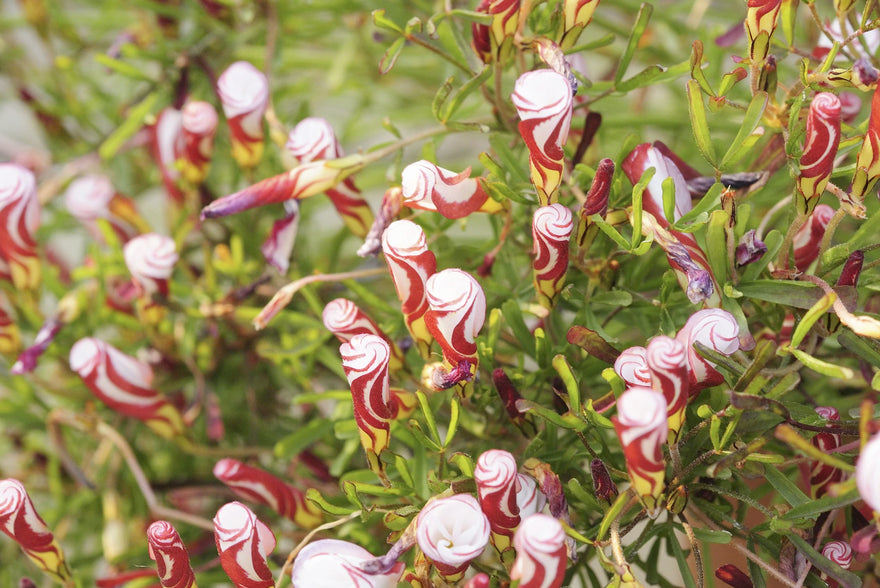
All about Oxalis versicolor, the Candy Cane Sorrel
I really need to tell you about a small but beautiful range of low-growing plants that get little mention in the press, yet they are easy to grow, and when they are in flower they are dramatic, eye-catching, and will always be a talking point for anyone visiting your garden. Read all you need to know about Oxalis versicolor, more commonly known as the candy cane sorrel.
And that is ironic, for I remember when I was a boy we visited someone’s garden, and my father (who was a far better gardener than I could ever be), pointed out a weed and said: "That’s creeping wood sorrel. It’s one of the worst weeds. They need to get rid of that!". As a grown-up, I owned a garden that was full of it, and I then knew my dad knew his stuff. The weed was horrendous, and for years I hated the word oxalis (the Latin name for wood sorrel). I thought of it purely as a persistent weed.
But that’s a real shame, because I missed out on growing the ornamental, easy and, yes, extremely beautiful – and non-invasive – flowering oxalis. These are low-maintenance plants, requiring no fuss. Given a spot in a mild or sheltered garden, they’ll come back for a repeat show every year! Their bulbs are some curious, strange-looking things, but they grow into beautiful little plants.
What's available?
Recently, Farmer Gracy has extended its Oxalis versicolor offering with two new and excellent cultivars. So, let’s look at what you get:
-
Oxalis versicolor ↑
Known as the candy cane sorrel, this is a sweet treat for your late summer garden. A softcushion of green clover-like leaves is topped – from July until the first frosts – with flowersof red and white. They start as tightly pointed buds, and unravel during the day to becomespirals – rather like a barber’s sign. Or, as the common name suggests, red and whitespiralled candy. It looks great with blue bedding Ageratum or Lobelia (for the traditional red,white and blue look), as well as an underplanting for white or red roses.
Height: 10-20 cm / 4-8"
-
Oxalis versicolor 'Autumn Pink' ↑
In place of red-and-white flowers, this beautiful cultivar offers a warm and romantic red-and-pink spiral combination. Otherwise it is pretty much identical – and equally desirable. It looks great near to lime green lady’s mantle (Alchemilla), as well as the warmer-coloured blue-purple of bugle (Ajuga).
Height: 10-20 cm / 4-8"
-
Oxalis versicolor 'Golden Cape' ↑
Here we have the third candy cane sorrel – this time with vibrant flowers of red-and-yellow. This is, arguably, a more eye-catching plant when in flower, and really suits a planting scheme with other hot-colour plants. I’ve also seen it looking fabulous next to white petunias.
Height: 10-20 cm / 4-8"
These oxalis like a free-draining site, so are at their best on a sandy or gritty soil. They look at home on a gravel or rock garden. If your soil is a heavy, wet clay – don’t worry, for they are perfectly suited to growing in a container with a gritty compost. They can endure temperatures down to -5ºC, so if your garden regularly gets around this or colder, then you would be advised to grow them in pots, and bring them indoors during the colder spells of winter.
What do you get?
When you order your oxalis bulbs from Farmer Gracy, there is every chance you’ll think they’ve sent you the wrong thing! But they won’t have…oxalis bulbs are some of the strangest-looking structures in gardening! Initially, they look like chubby, grubby small pinecones, the size of broad beans. However, they are very much the right thing and, when planted, could produce fabulous foliage and flowers in just 8-10 weeks.
Incidentally, there are some types of oxalis bulb, including the Iron Cross type (O. tetraphylla), that are pretty ‘normal’ to look at. So at least you won’t be able to confuse them!
What do you do?
You can plant your strange little oxalis bulbs in autumn or spring, for summer flowering. Depending on how you wish to grow them, follow these guides:
Patio pots and containers:- Fill the container with a good quality potting compost, preferably with a few handfuls of grit. The container must have drainage holes, as the bulbs should not sit in wet compost;
- For best flowering, place your pot in full sun. Generally, the more shade it is given, the fewer the flowers;
- Plant the bulbs about 5-10cm / 2-4" deep, and 10-15cm / 4-6" apart. Do not worry about which side is up, as they will grow from any set angle. Water well;
- During active growth, water your plants as needed. Ideally, only water when the compost in the container feels dry to the touch.
- Find a spot where there is a good deal of sunlight, and where the soil drains well;
- With a trowel, dig little holes about 5-10cm / 2-4" deep, and 10-15cm / 4-6" apart, drop them in, and water well;
- During active growth, water your plants as needed.
Don’t forget the house:
Before using up all your Oxalis versicolor bulbs in patio containers and the garden, consider potting up a few for indoors. They make great pot plants for sunny windowsills, conservatories and, of course, greenhouses.
After flowering:
After late autumn, once your oxalis finish flowering, do nothing – at first. As with any plant growing from a bulb, it is important to leave the fading foliage in place. Certainly, don’t cut it off. As the leaves turn yellow and rot away, they gather sunlight and, by so doing, create food through photosynthesis to strengthen the bulb for next year.
Eventually the bulbs slip into their winter slumber, or dormancy. At this point, the leaves may be removed. The bulbs will rest for a few months in the compost or soil, and before you know it, they’ll be springing back into life again – in spring!
■ Incidentally the wood sorrel weed, referred to at the start of this blog, isn’t all bad. In India the leaves are sometimes dried to make a tea tasting vaguely of lemon. Meanwhile, native American peoples chewed it to alleviate thirst on long trips. Some also ate it to alleviate sore throats and mouths, and others to help with nausea, cramps and fever. They also cooked it with sugar to make a dessert – and some thought it had aphrodisiac qualities!
Meanwhile, the leaves of scurvy-grass sorrel (O. enneaphylla) used to be eaten by sailors travelling around South America, as a source of vitamin C to prevent scurvy. And in various parts of South America Oxalis tuberosa is grown as a root vegetable, called oca.


























































































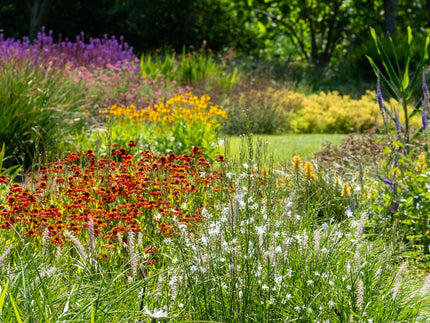
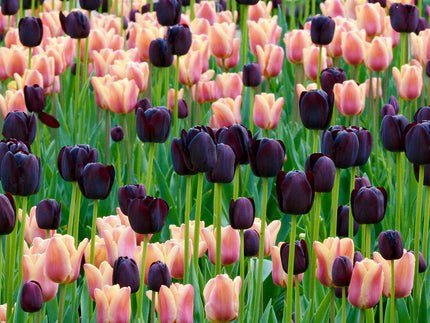
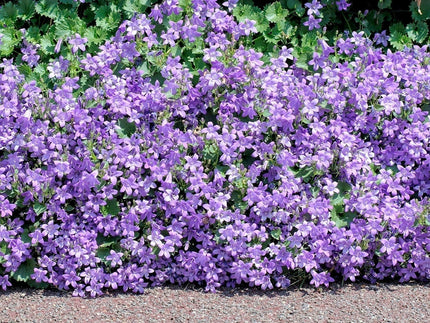

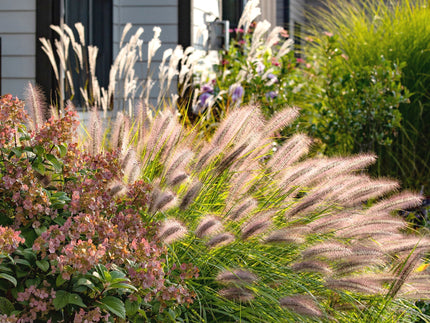
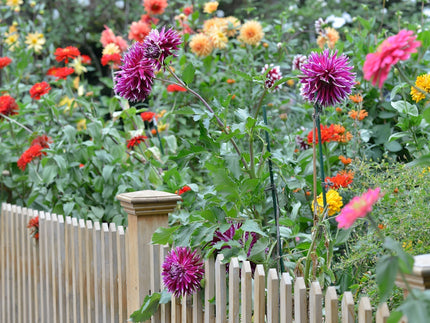
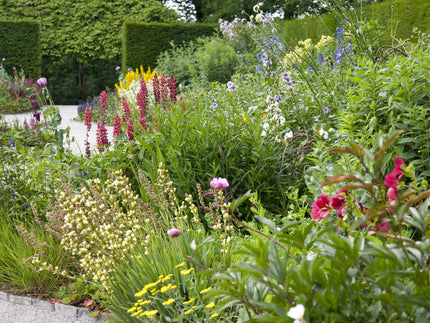
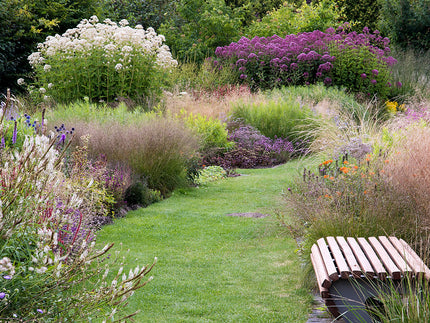
1 comment
I am very interested in purchasing Oxalis Candy Cane and if I purchased and planted now when could I expect them to flower
Also would they be a good accompanist to Allium Azzureum
Thank you for any advice you can offer
Martin